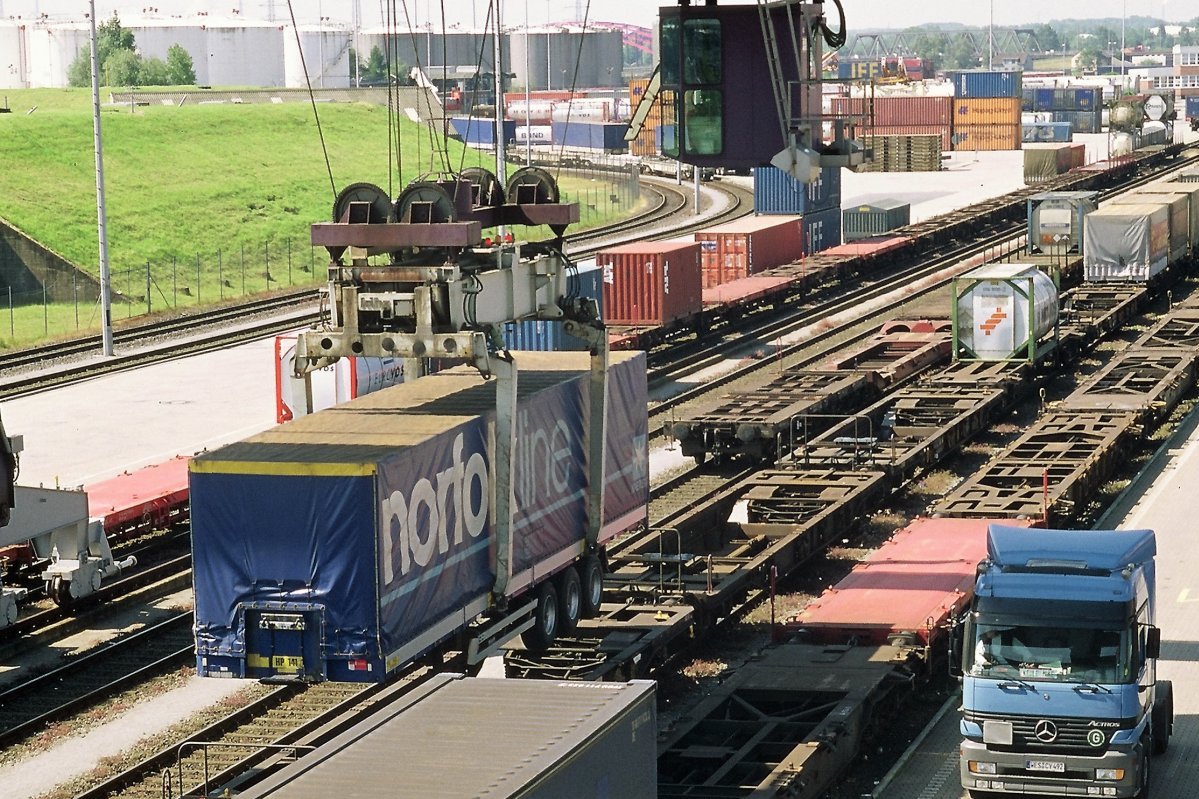This year European Shippers’ Council continues its cooperation with railway partners to improve the rail freight corridor structure, to work on possible solutions for the noise problem, and to insist on contingency planning for unexpected accidents like Rastatt.
Shippers and other partners should benefit from more competitive international rail freight that brings forward its energy efficiency and lows down environmental impact. As stated in the CER Annual Report 2017, CO2 emissions for rail freight come to 15.6gCO2/tkm, while it is 50.62gCO2/tkm for inland waterways, and 139.8 gCO2/tkm for road. Rail only accounts for 1.7% of total energy consumption in transport although it carries 17.4% on inland freight and 7.6% of passengers in Europe (EU28). Main goods transported by rail are fossil fuels (27%), metals, mineral & mining products (28%), goods in containers (35%).
Rail market performed positively and was growing in the first half of 2017 in comparison to the end of 2016.
ESC supports CER in its work to improve international rail freight – to increase the quality of freight services, to provide capacity, and to better coordinate on train tracking and expected time of arrival. Shippers are looking forward to more cooperation with rail partners to make the sector more flexible, cost-efficient, and reliable. ESC will discuss its actions and priorities in detail during its next Rail Transport Council meeting mid of this month.

